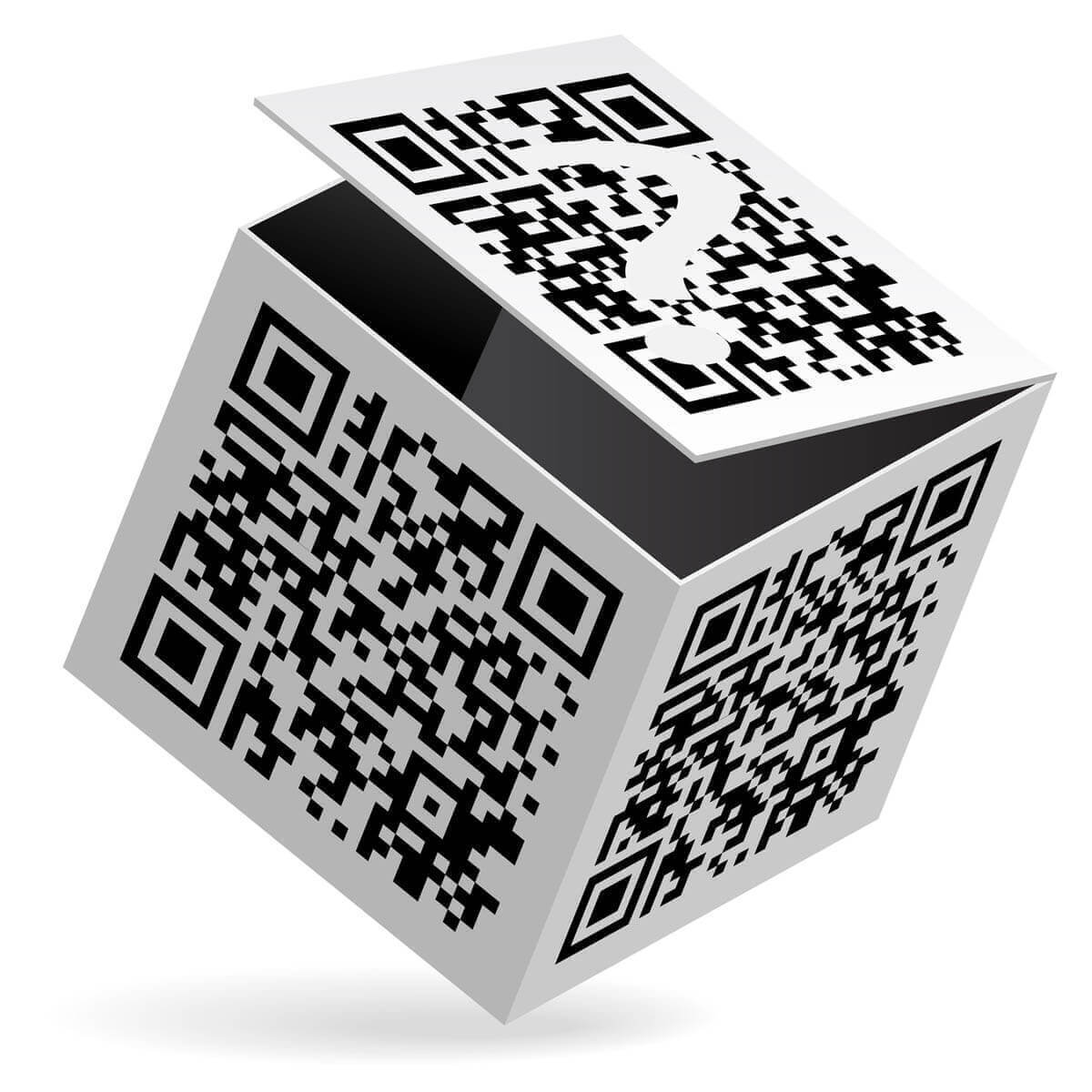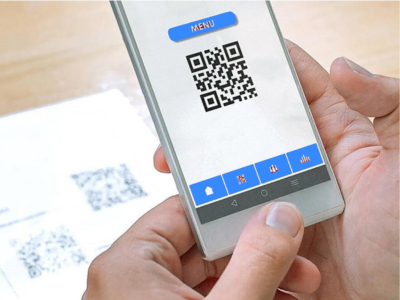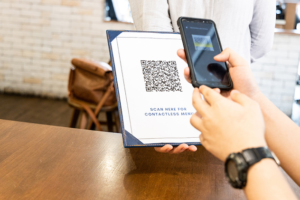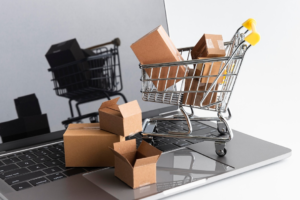In today’s digital age, technology continues to transform various aspects of our lives, including packaging design. One such technological innovation that has gained significant popularity is the use of Quick Response (QR) codes. These square-shaped codes, consisting of black and white patterns, can be scanned using a smartphone or a dedicated QR code scanner. By incorporating QR codes into packaging design, businesses can unlock numerous advantages that enhance the overall consumer experience. In this article, we will explore the benefits of using QR codes in packaging design and how they can revolutionize the way businesses interact with their customers.
Introduction
Packaging design plays a crucial role in attracting consumers and conveying information about a product. In the digital age, QR codes have emerged as a powerful tool to enhance packaging design and provide interactive experiences for customers. In this article, we will explore the advantages of using QR codes in packaging design, best practices for implementation, and creative examples of how QR codes can elevate the packaging experience.
QR Codes in Packaging Design
Packaging design is more than just aesthetics; it is an opportunity for brands to communicate their values, engage customers, and differentiate themselves in the market. Well-designed packaging can create a positive impression, evoke emotions, and ultimately influence purchasing decisions.
Understanding QR Codes
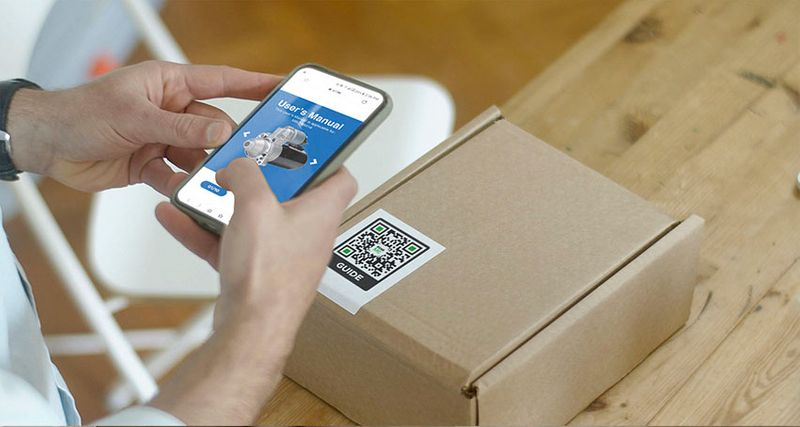
QR codes, or Quick Response codes, are two-dimensional barcodes that can be scanned using a smartphone or QR code reader. They contain encoded information that can direct users to websites, online content, or perform specific actions.
Advantages of QR Codes in Packaging Design
Enhancing Product Information
QR codes provide an efficient way to offer comprehensive product information to consumers. By scanning a QR code on the packaging, customers can access detailed specifications, usage instructions, nutritional facts, or even user reviews. This instant access to information empowers consumers to make informed purchase decisions, boosting transparency and trust.
Streamlining Supply Chain Management
QR codes can significantly streamline supply chain management processes. Each product can be assigned a unique QR code that carries information about its origin, manufacturing date, batch number, and other relevant details. With a simple scan, stakeholders at different stages of the supply chain can track the product’s journey, ensuring efficiency, authenticity, and timely delivery.
Facilitating Consumer Engagement
QR codes serve as a gateway to interactive and personalized consumer experiences. Brands can create engaging campaigns by linking QR codes to promotional videos, exclusive offers, contests, or surveys. By scanning the QR code, consumers can actively participate in the brand’s narrative, fostering a sense of connection and loyalty.
Tracking and Authentication
QR codes enable brands to implement anti-counterfeiting measures by integrating unique identifiers into the codes. Customers can verify the authenticity of a product by scanning the QR code and accessing information that confirms its genuineness. This enhances brand trust and protects consumers from fraudulent products.
Increasing Convenience and Efficiency
QR codes offer convenience and efficiency for both businesses and consumers. They eliminate the need for manual data entry or searching for information online. With a simple scan, customers can effortlessly access product details, make purchases, or even reorder items. This streamlined experience saves time, simplifies the buying process, and enhances customer satisfaction.
QR Code Design Considerations
To maximize the effectiveness of QR codes in packaging design, certain considerations should be taken into account:
Placement and Visibility
QR codes should be strategically placed on packaging to ensure easy scanning. They should be visible and unobstructed, avoiding any folds, creases, or reflections that could hinder the scanning process.
Size and Legibility
QR codes should be appropriately sized to ensure easy scanning without compromising legibility. A balance must be struck between the available packaging space and the size of the QR code to maintain scalability.
Branding and Aesthetics
While QR codes serve a functional purpose, they should still align with the brand’s visual identity and aesthetics. Incorporating brand elements or custom designs into the QR code can enhance brand recognition and make the packaging more visually appealing.
Best Practices for Implementing QR Codes in Packaging
To maximize the benefits of QR codes in packaging design, consider the following best practices:
- Clear and Concise Instructions: Provide simple and concise instructions on how to scan the QR code. Include visual cues and easy-to-understand directions to ensure a seamless user experience.
- Optimal Placement on Packaging: Strategically place the QR code on the packaging where it is visible and easily accessible. Consider the size, color, and background contrast to ensure legibility.
- Designing Mobile-Optimized Landing Pages: Create mobile-optimized landing pages that are compatible with various devices and screen sizes. Ensure the content is engaging, relevant, and easy to navigate.
- Testing and Monitoring QR Code Performance: Regularly test the QR codes to ensure they are functioning correctly. Monitor analytics to track user engagement, scan rates, and identify areas for improvement.
Creative Examples of QR Codes in Packaging Design
- Augmented Reality Experiences: QR codes can unlock augmented reality (AR) experiences, allowing customers to visualize products in their environment or access interactive 3D models.
- Product Demonstrations and Tutorials: Brands can use QR codes to provide product demonstrations or tutorials, guiding customers on product usage, assembly, or maintenance.
- Loyalty Programs and Rewards: Incorporate QR codes in packaging to offer loyalty program enrollment or reward redemption, encouraging repeat purchases and customer loyalty.
- Sustainability and Environmental Information: QR codes can provide information about a product’s sustainability initiatives, recycling instructions, or details about eco-friendly packaging materials.
Challenges and Considerations
While QR codes offer numerous advantages, it is essential to consider some challenges and considerations when implementing them in packaging design:
- Accessibility and User Familiarity: Ensure that the QR code scanning process is user-friendly and accessible for all customers, regardless of their familiarity with technology or physical abilities.
- Privacy and Data Security: Address privacy concerns by clearly communicating how customer data will be used and protected. Implement secure data handling practices to maintain customer trust.
- QR Code Size and Design Integration: Balance the size and design of QR codes to ensure they do not detract from the overall packaging aesthetics. Incorporate QR codes seamlessly into the packaging design.
Conclusion
QR codes have become an invaluable tool for enhancing packaging design and elevating the customer experience. By leveraging QR codes, brands can provide enhanced product information, create interactive experiences, ensure product authenticity, streamline supply chain management, and gather customer feedback. With proper implementation and creative utilization, QR codes can significantly benefit packaging design and drive customer engagement.
FAQs
How do QR codes enhance packaging design?
QR codes enhance packaging design by providing additional product information, creating interactive experiences, and enabling authentication and tracking capabilities.
What advantages do QR codes offer in terms of product information?
QR codes allow brands to provide detailed product information such as ingredients, usage instructions, and safety precautions conveniently accessible to customers.
How can QR codes be used for product authentication?
QR codes can be linked to verification systems or tracking databases, enabling customers to authenticate products and ensure they are purchasing genuine items.
4. What role do QR codes play in tracking and supply chain management?
QR codes facilitate tracking and tracing capabilities, allowing brands to monitor product movement, ensure quality control, and provide transparency to customers about the product’s origin and journey.
Are there any challenges to consider when implementing QR codes in packaging design?
Challenges include addressing accessibility and user familiarity, ensuring privacy and data security, and integrating QR codes seamlessly into packaging design without compromising aesthetics.

